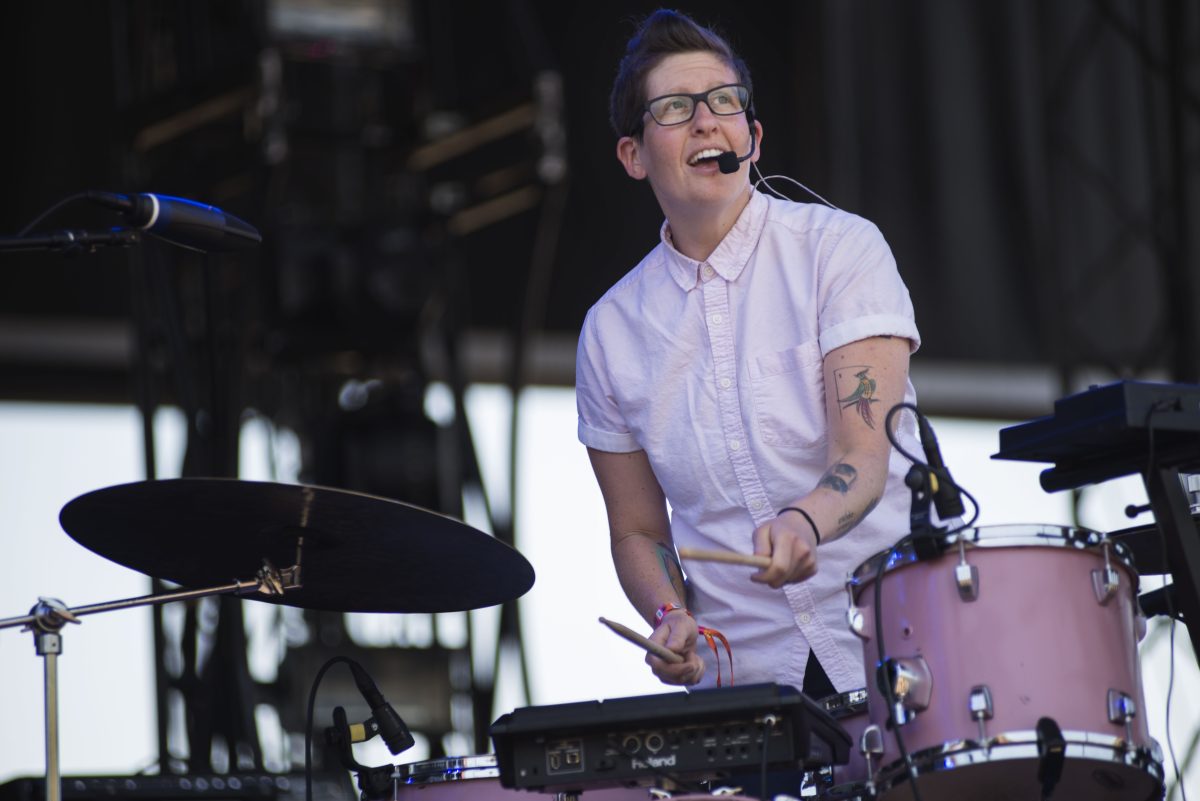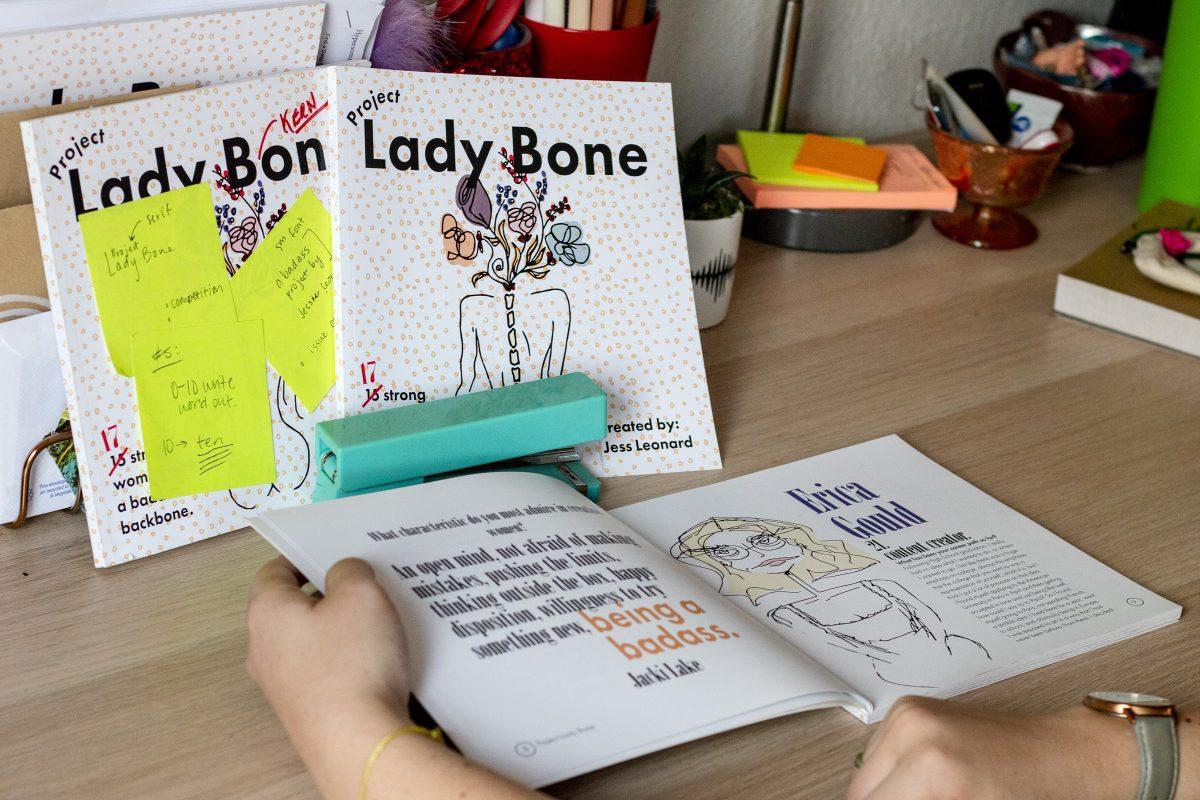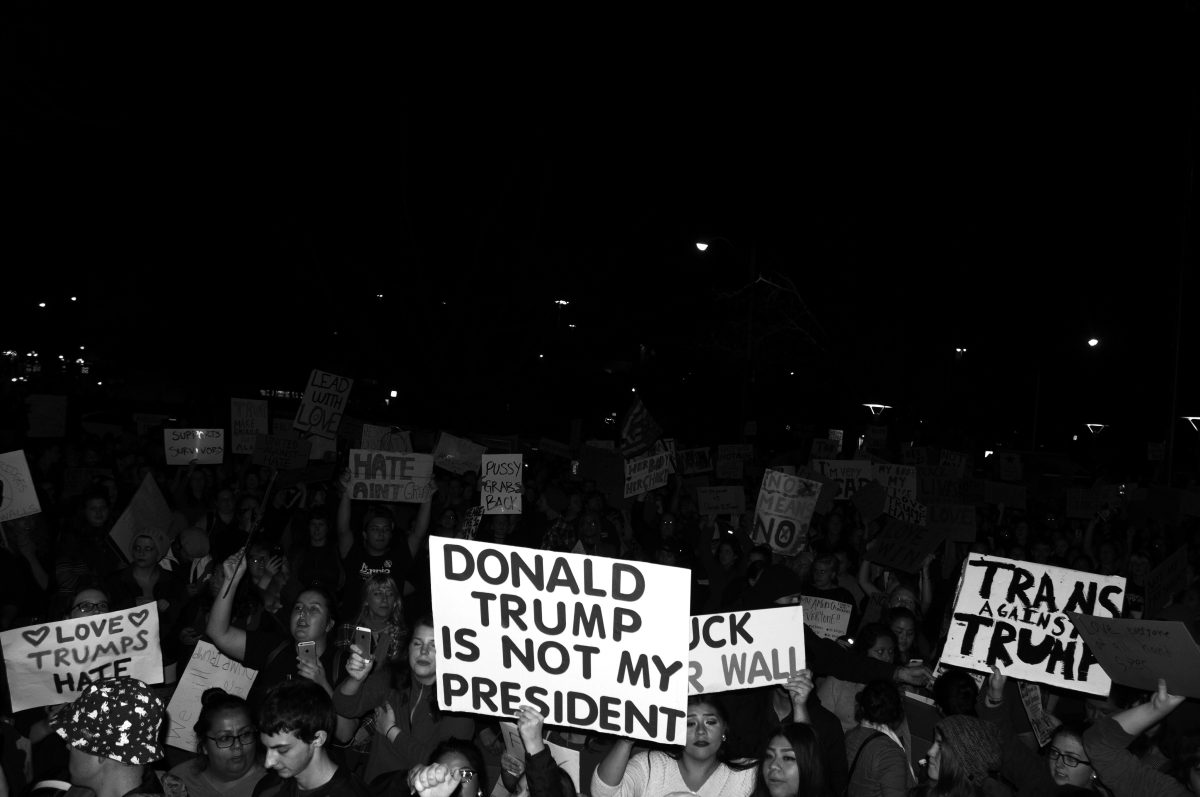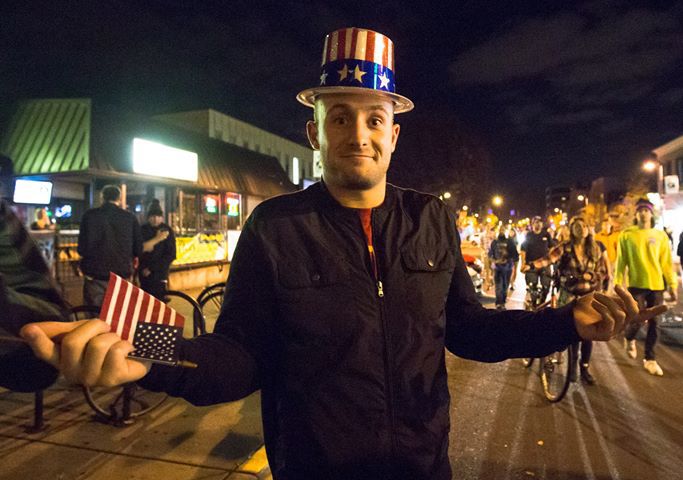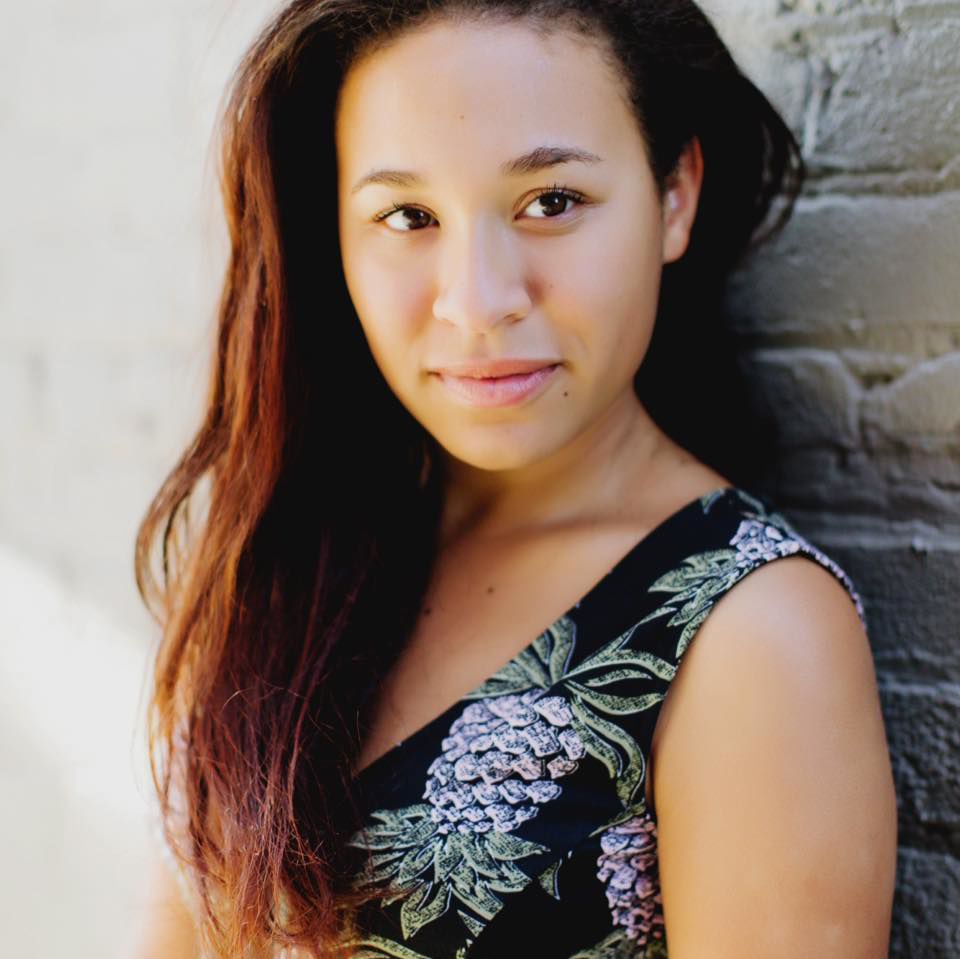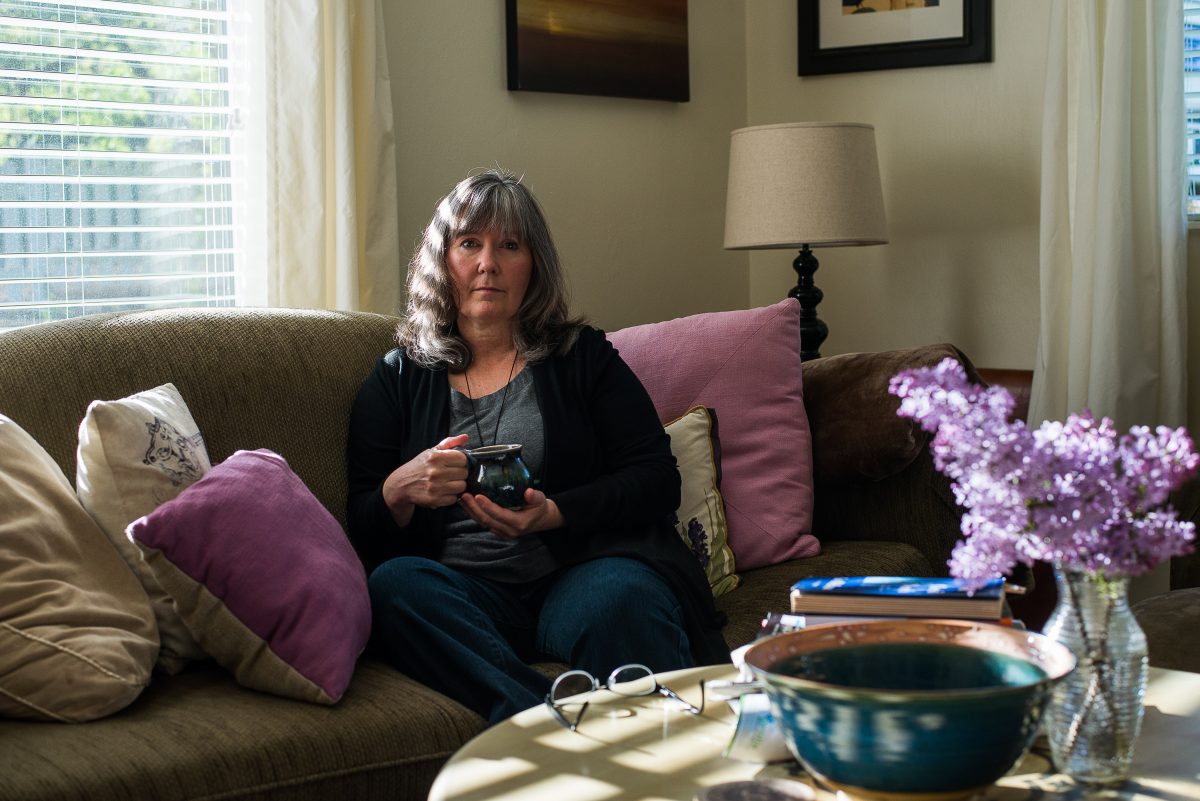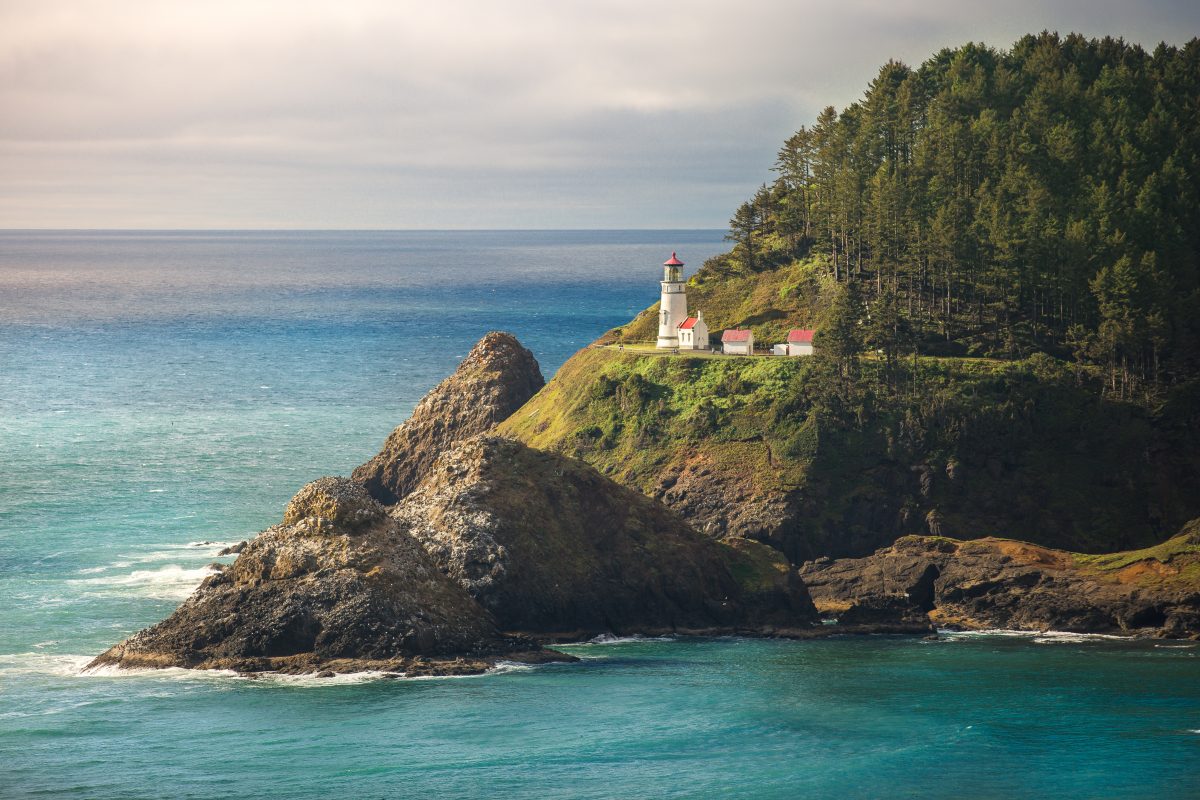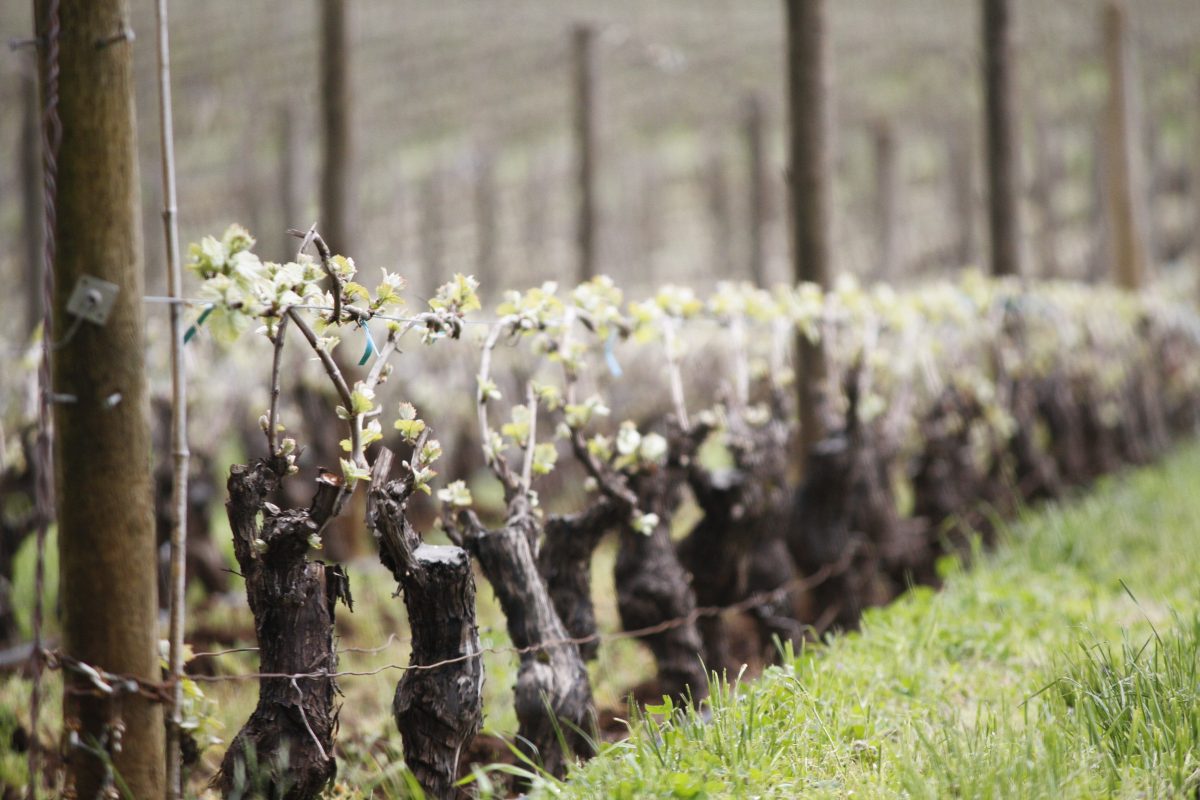Words and Photos by Hannah Steinkopf-Frank
This past Memorial Day weekend, the music didn’t start at the Sasquatch Music Festival, but at an auto repair shop in Yakima, Washington, population 93,357. On the way to the annual music festival in the Columbia Gorge, our car broke down about 50 miles from our destination. After spending a restless night in Yakima, we waited anxiously in Bakers’ Auto Repair, our only relief coming from another patron picking an acoustic guitar while he was getting a repair. Although he could barely be described as an amateur, his playing proved the power of music to create an atmosphere and bring people together (half of the staff was whistling along).
This purity is something I tried to keep in mind throughout the weekend. As this was my fifth Sasquatch, I’ve seen the commercialization of the American music festival become more and more apparent each year. It is hard to put into words the frustration I feel when a sea of phones block the stage, each trying to capture the perfect moment for Snapchat. Call me a Luddite (and probably a snob), but with each #festivalstyle, I question the role that the music actually plays in many attendees’ festival experiences.
Of course, from the start, there were the sorts of beautiful moments that only happen at a music festival (particularly one in a place as breathtaking as the Columbia Gorge). Singer-songwriter Corey Harper opened the weekend, covering the melancholy classic “These Days,” proving that millennials can embrace an older, 1960s sound: something that the funky California group Foxygen embodied in its soulfully experimental set later in the day. The distinguished R&B singer Charles Bradley, though, truly kick started Sasquatch that night as part of his first tour since the 67-year-old was diagnosed with stomach cancer last October. Despite his illness, he put on one of the best performances of the whole festival.
A very different sort of musical legend, LCD Soundsystem, dug into the archive for its headlining set, playing both fan favorites such as “New York, I Love You, But You’re Bringing Me Down” and newer tracks, with lead singer James Murphy announcing the group had just finished its new album. It was unclear, though, if the rock mainstays were able to connect with the festival’s younger audience, who might not have remembered the 2005 hit “Daft Punk is Playing at My House.” Of course, this tension between older and newer acts is present at any festival that brings in a mixing pot of acts, but it often felt like attendees were not willing to expand their musical vocabulary, even a little bit.
This frustration came to a breaking point the second day of the festival when a slew of 21 pilots fan with one day passes took over the festival grounds, planting themselves at the mainstage 10 hours before the band played. There were fantastic early sets by some of the festival’s few female acts (although none were headliners) including country singer-songwriter Courtney Marie Andrews and Seattle-based artists DoNormaal and Katie Kate — whose lead member Katie Finn sings, raps, and plays guitar. (If that’s not enough, she’s also a professionally trained flutist.)
With my two cameras, I was ready, and excited, to shoot Bleachers — the brainchild of Fun.’s guitarist (and Lena Dunham’s boyfriend) Jack Antonoff — who played the stage before Twenty One Pilots. Despite Antonoff’s success writing and producing hits for the likes of Taylor Swift and Lorde, Bleachers is on the edge of success, with the June 2nd release of its second album “Gone Now” eminent. Although, the Twenty One Pilots’ super fans were unimpressed, with many turning away from the stage or not paying attention. Antonoff, for what it’s worth, jumped around his bandmates, not standing still once and busting through high-energy tracks such as “Rollercoaster” and “Don’t Take the Money.” Throughout the set, he pointed at members of the audience and smiled, seemingly sharing a secret joke with a random stranger. The moment that received the most attention (at least among the parents of Twenty One Pilots’ fans), though, was when Bleachers covered the Fleetwood Mac classic “Go Your Own Way.” At least a little bitter, I left the festival grounds early to eat dehydrated food back at the campsite, catching only a moment of Twenty One Pilots performing a somewhat unexpected but thoroughly underwhelming cover of TLC’s “Waterfalls” on ukulele.
Although the heat was high and expectations were significantly lowered by the third day of the festival, from the opening acts, I had my faith restored in music, at least momentarily. Early mainstage sets by Seattle duo Sisters — who played the festival’s smallest stage only two years ago — and the funky, psychedelic band Chicano Batman (who despite the 90 degree plus weather, played in suits), highlighted the showmanship of both groups. This continued with the over-the-top Canadian indie group July Talk, whose singer Leah Fay contorted her way around the stage while guitarist Peter Dreimanis joined in on vocals with the roughness of someone who smokes a pack of cigarettes every day.
I was nervous heading to see The Shins after quickly catching rising pop singer Kiiara. I knew that James Mercer (who at this point, is pretty much The Shins with whichever assembly of musicians from his current backing band) was an odd match with Chance the Rapper, who was closing the festival after
the indie group’s set. While most of the concertgoers in the crowd were holding a center spot for Chance, I was surprised by how easily they got down to Mercer’s poetic musings (and not only his cover of Tom Petty’s “American Girl,” mixed into the middle of the epic “Sleeping Lessons”).
During the hour break before Chance, I shared my portable phone charger and chatted with the people around me. The earlier sense of isolation was largely absent. While for a large part of the weekend, I had felt disconnected from the people around me, I felt a shared sense of excitement to see one of the hottest rappers in the game. When Chance finally came on, it felt for the first time that we were all in it together. Possibly, this is because he is such an endearing and ecstatic artist, but he also preaches the power of music in his songs, performing with his Social Experiment backing band. In between party hits like “All Night” and “I’m the One” (his mega “song of the summer” with DJ Khaled, Justin Bieber, Quavo, and Lil Wayne), he had the audience chanting his freedom from the music industrial complex: “If one more label try to stop me, It’s gon’ be some dreadhead niggas in ya lobby.” Despite his growing super fandom, it was Chance’s humbleness and dedication to his heritage that stood out: He sported a Black Lives Matter T-shirt and kept apologizing, saying throughout the set that he was going to now “officially” start the show.
I know I’m not the only person in the audience who felt his energy stay with them as they made the final trudge back to their campsite, as if the music was still echoing through the Columbia Gorge. It’s this feeling that I struggle to put into words when telling people what draws me back to Sasquatch each year. While it is easy to complain about drunk bros invading your private space and the people who only seem to care about the headliners, for me, it is all worth it to have at least one moment of pure bliss and connection with the music. And when you can share that with a group of thousands of sweaty strangers in the middle of nowhere, it’s hard to imagine why you wouldn’t want to go back.
Categories:
Trying to find the music at Sasquatch 2017
Hannah Steinkopf-Frank
May 31, 2017
Mary Ciullo
Trying to find the music at Sasquatch 2017
0
Donate to Ethos
Your donation will support the student journalists of University of Oregon - Ethos. Your contribution will allow us to purchase equipment and cover our annual website hosting costs.
More to Discover



